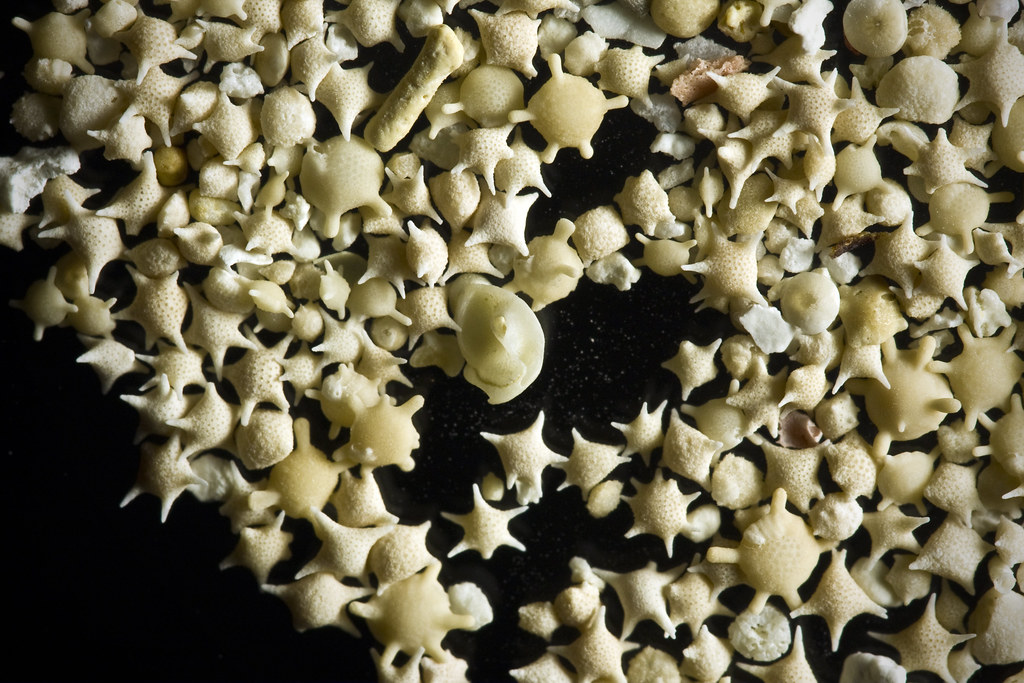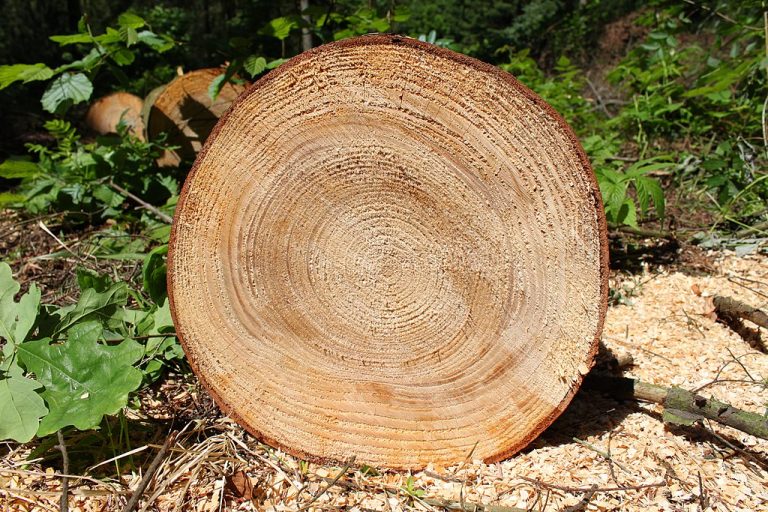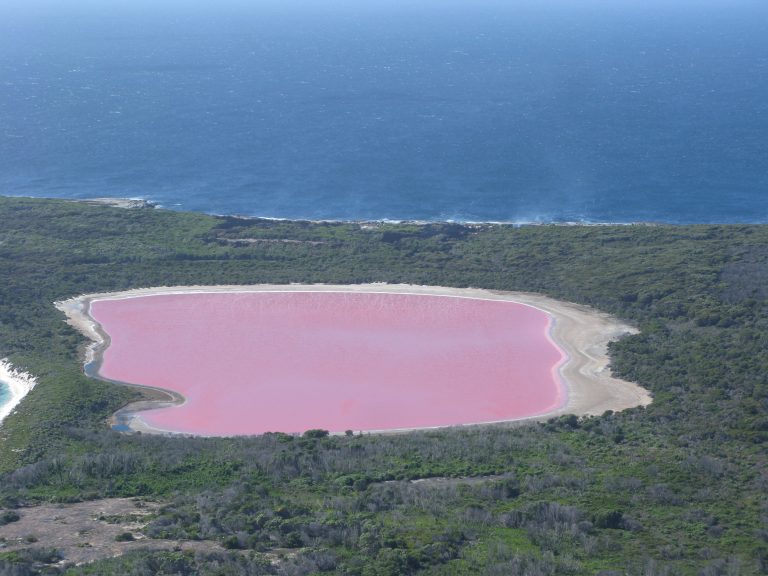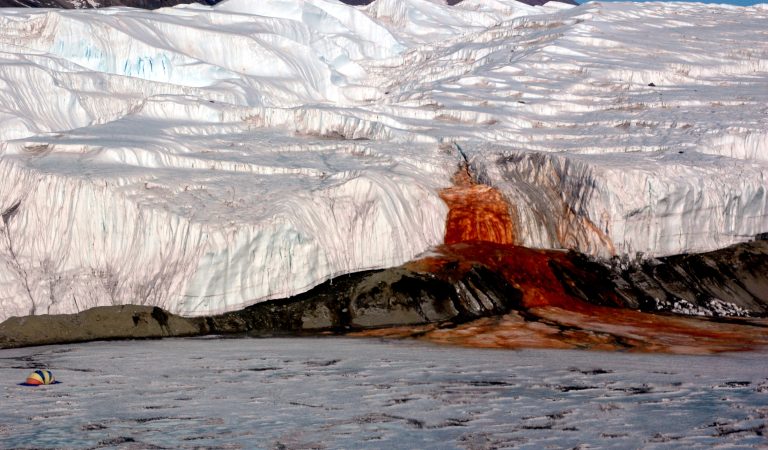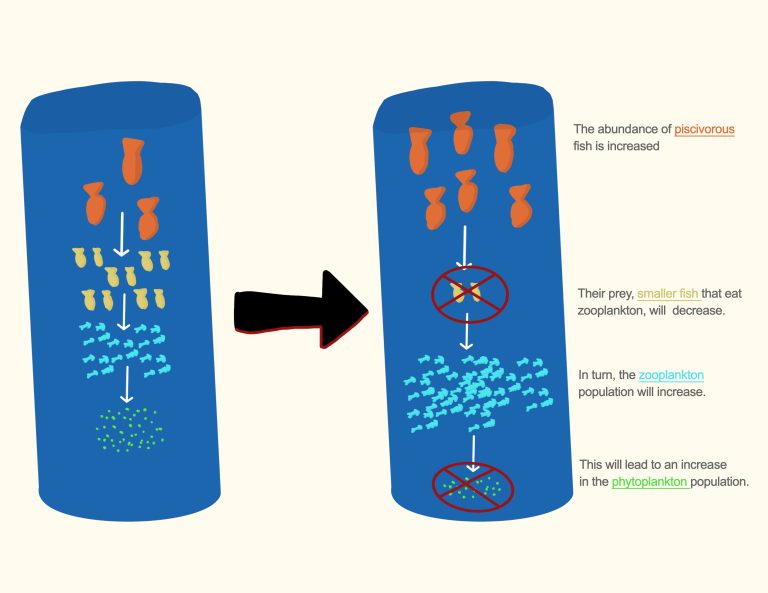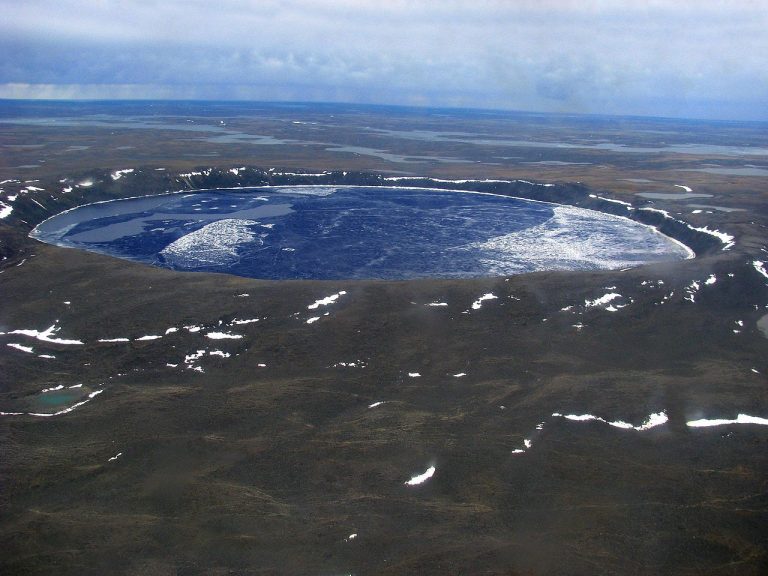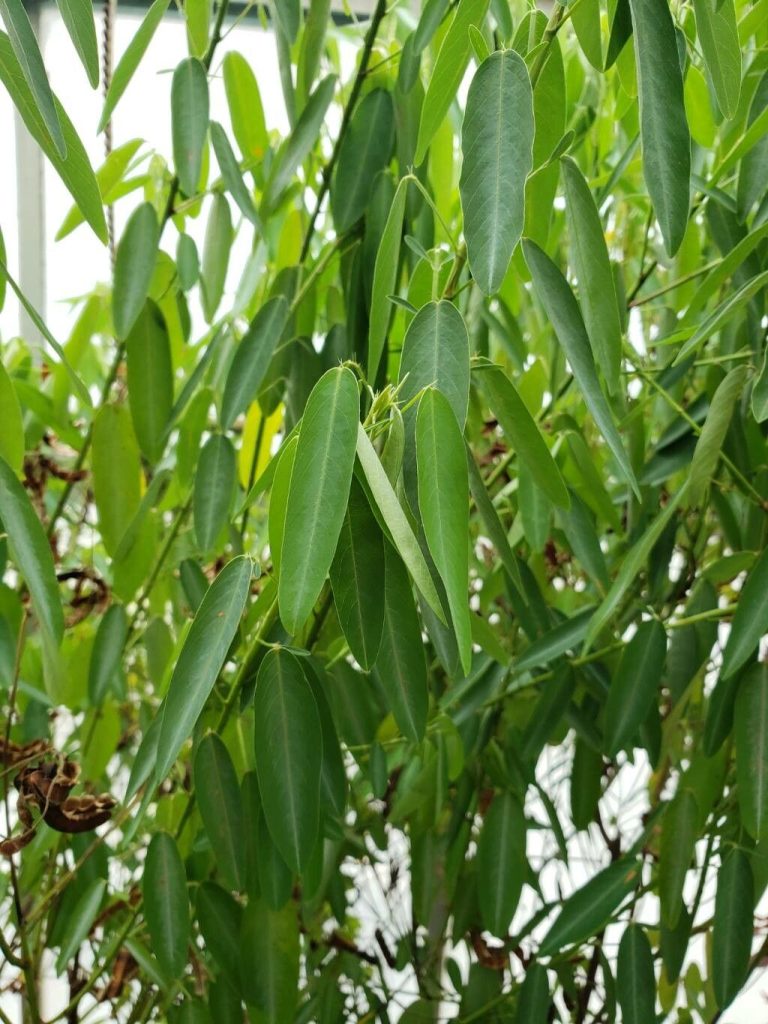The Astonishing Star Sands of Japan
Who doesn’t like chilling at a Sandy beach on a sunny day, right?
But did you know there are just a few sandy beaches that are very unique in the sense that the sand grains are shaped like stars?
Yes, that’s true.
Aptly called star sand, it’s a rare natural occurrence.
In this post, you are going to learn how this unusual sand is formed, where you can find it, and how important it is both scientifically and culturally.
What is Star Sand?
The beaches of Japan’s Taketomi, Hatoma, and Iriomote Islands are covered with this unusual sand consisting of tiny, stars-shaped grains.
These millimeter-sized sand particles are a result of an incredibly unique natural phenomenon and are found in only a few locations around the world.
What are TheseTiny Star-Shaped Sand Grains?
Unlike ordinary sand, star sand is not the result of decaying rocks, but the skeletal remains of tiny, single-celled marine organisms known as Foraminifera.
Each particle of star sand was once the exoskeleton, the outer shell, of one of these Foraminifera. These microscopic creatures have a round body and a few spine-like projections, giving them a star-like appearance.
The Formation of Star Sand
Let’s delve a little deep into how this unusual sand is created.
Foraminifera: The Creators of Star Sand
Foraminifera are a diverse group of protozoa that live mainly in marine environments.
They often inhabit the crests and shallow flats of coral reefs.
As these tiny organisms grow and eventually pass away, leaving their calcium carbonate shells or “tests” behind.
These star-like shells they leave behind wash up on beaches nearby, creating this rare and unusual sand.
Symbiotic Relationship with Diatoms
The star-shaped form of the Foraminifera’s shells also helps another microscopic organism – diatoms. These photosynthetic algae have a symbiotic relationship with the Foraminifera, inhabiting the channels and projections of the shell.
The star-like shape helps to channel light to the diatoms and allows them to effectively produce the carbohydrates and oxygen that sustain both organisms.
How Star Sand is Deposited on Beaches
When Foraminifera die their shells remain on the seafloor.
Then the tides and currents slowly carry them ashore and deposit them on the beaches. These shell remains build up over time and creat the unique star sand found in some locations around the Okinawan islands.
The Rarity and Beauty of Star Sand
Star sand is actually a rare and beautiful natural occurrence.
Few Places Where Star Sand is Found
The Okinawa islands have some of the few places in the world where these star-shaped sands can be found.
The beaches of Taketomi, Hatoma, and Iriomote are the most well-known destinations where star sand is found.
The Unique Appearance of Star Sand
The star-shaped grains of sand are a stark contrast to the usual rounded or irregular shaped sand partciles found on most beaches.
Their five-pointed, symmetrical shape is a beautiful sight, capable of capturing the imagination of the observer as they catch sunlight and sparkle.
The Folklore Behind Star Sand
This rare and unusual sand is the subject of local myths and legends too.
Japanese Myths and Legends
The unique appearance of star sand has inspired folklore and legends in Japan.
According to one popular folktale, the star-shaped sands are the offspring of the North Star and the Southern Cross, which fell from the sky into the sea. Then they were killed by a sea serpent and their skeletal remains got scattered on the beaches.
The Scientific Importance of Star Sand
In addition to its unique appearance, the star sand hold great scientific value too.
Insights into Ancient Climates
Paleontologists and climatologists study Foraminifera extensively, as the composition and distribution of their shells can provide valuable information about ancient ocean environments and climatic conditions.
Star Sand’s Role in Coastal Environments
scientists believe that star sand accumulation on beaches may play a role in protecting and preserving the delicate island ecosystems, as star sand contributes to the overall composition and stability of these coastal environments.
Visiting the Star Sand Beaches of Japan
Feel like seeing this unusual sand with your own eyes? Read on then.
Top Destinations for Star Sand
The best places to see this stunning star sand are the beaches of Taketomi, Hatoma, and Iriomote islands, which are part of the Yaeyama archipelago in Okinawa, Japan.
Visitors get to walk along the star sand beaches of these tropical islands and be amazed by their natural beauty.
Best Times to Observe the Star Sand
The best time to see the star sand is during low tide, when the sand grains are most visible and easy to reach.
There are many guided tours to help visitors navigate these beaches and learn about the science and folklore behind this natural wonder.
Responsible Tourism and Conservation
As interest in star sand grows, it becomes important that visitors approach these fragile environments with care.
Authorities in Okinawa have pointed out the importance of preserving the star sand beaches, as star sand grains can be easily disturbed by human interference.
Travelers are encouraged to enjoy the star sand responsibly and refrain from taking any of the sand grains away from their natural locations.
Conclusion
The star sands of Japan, found on the beaches of Taketomi, Hatoma, and Iriomote Islands, are rare and fascinating.
These star-shaped sand grains are the skeletal remains of Foraminifera, single-celled marine organisms.
Star sand is formed when these organisms die and their shells are carried ashore.
Star sand helps scientists understand
ancient climates and coastal ecosystems.
It also plays a major role in Japanese folklore.
Visitors can appreciate its beauty during low tide, but must do so responsibly to preserve these fragile environments.

